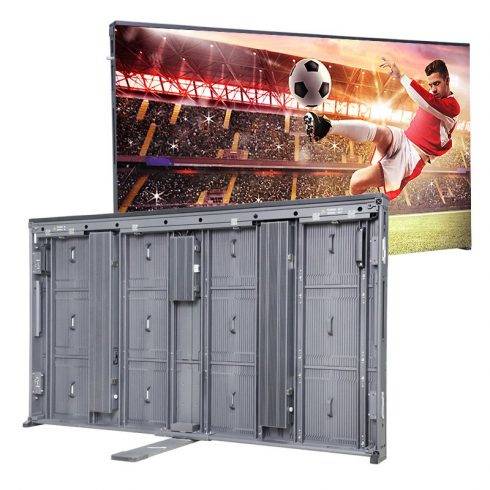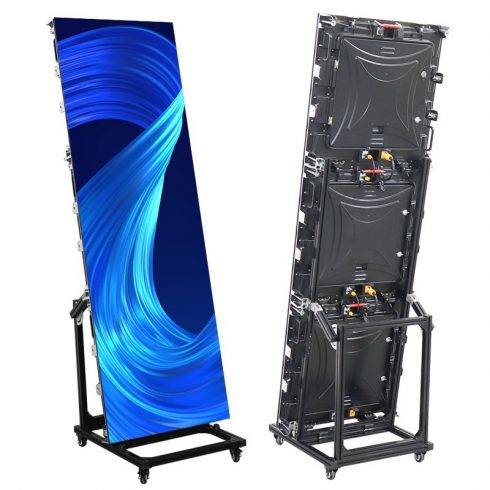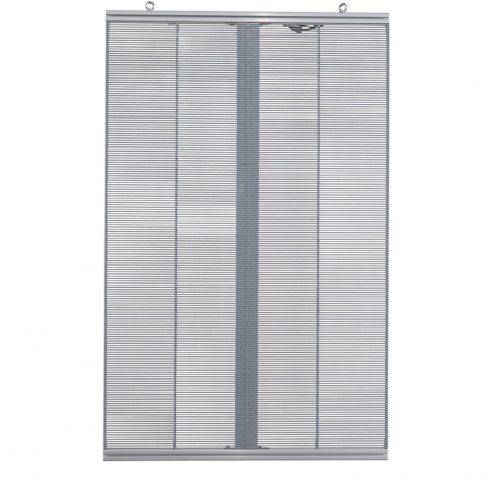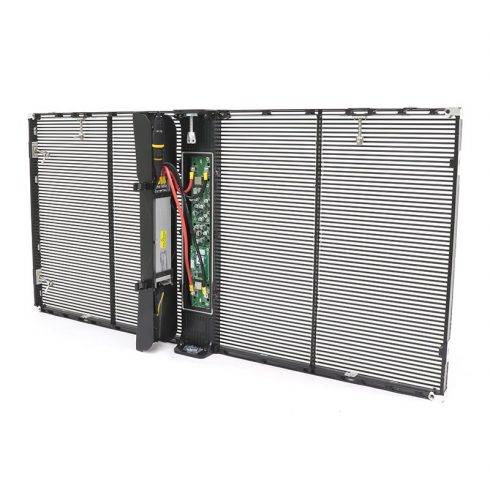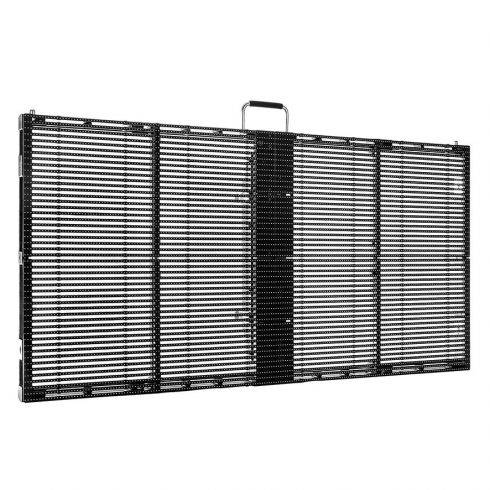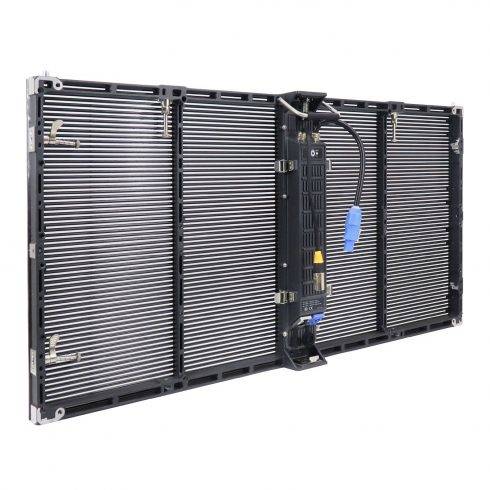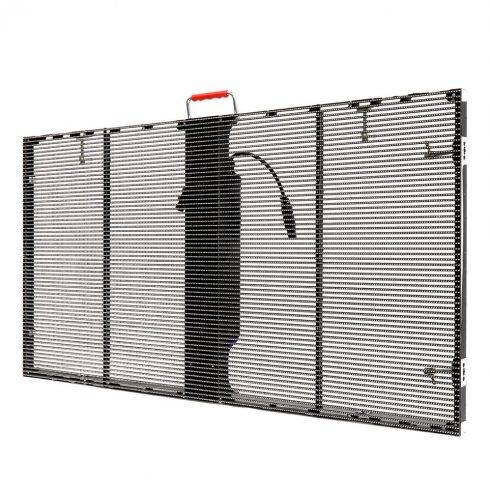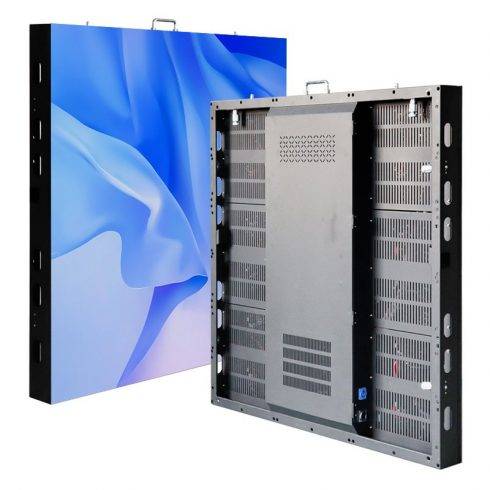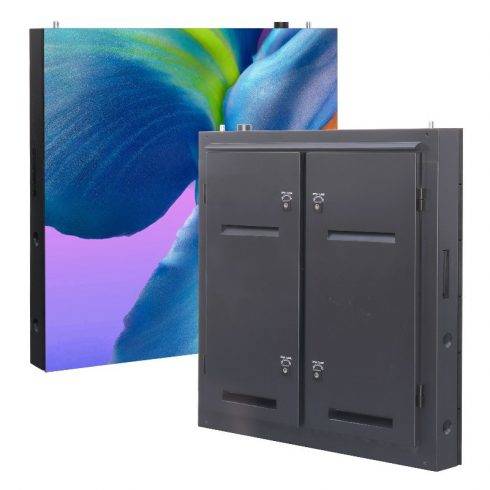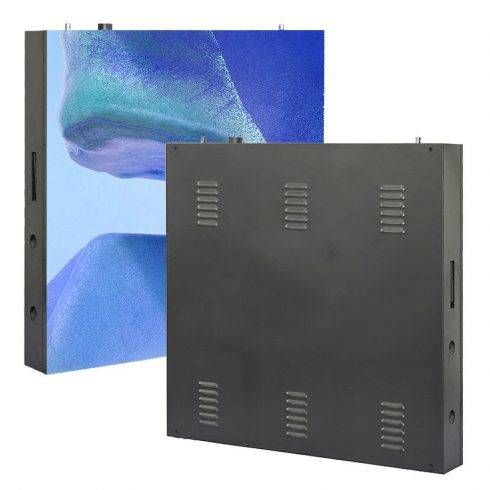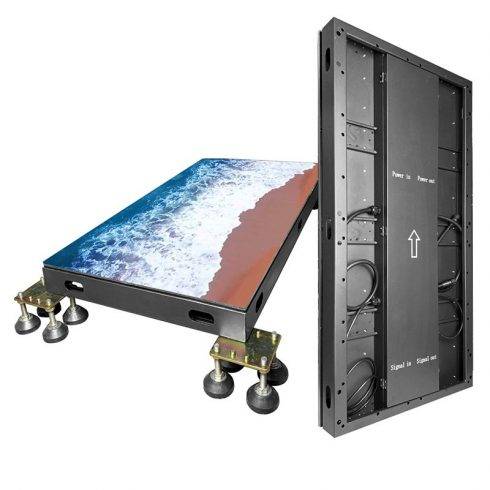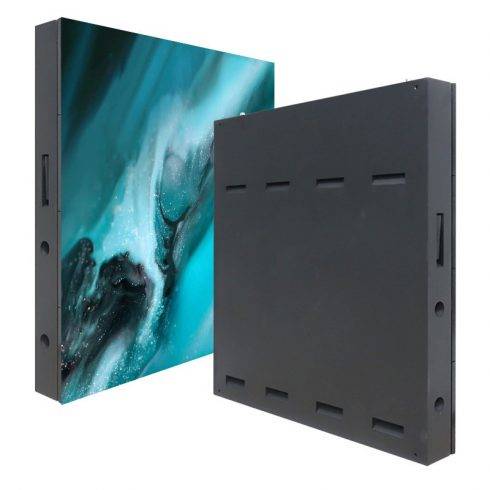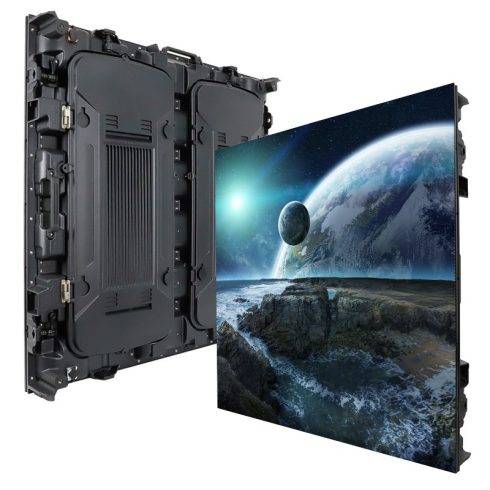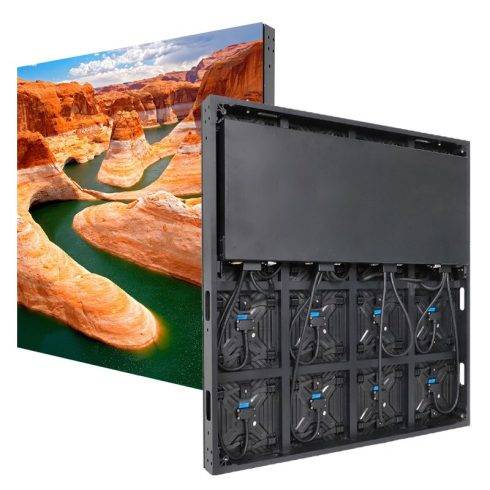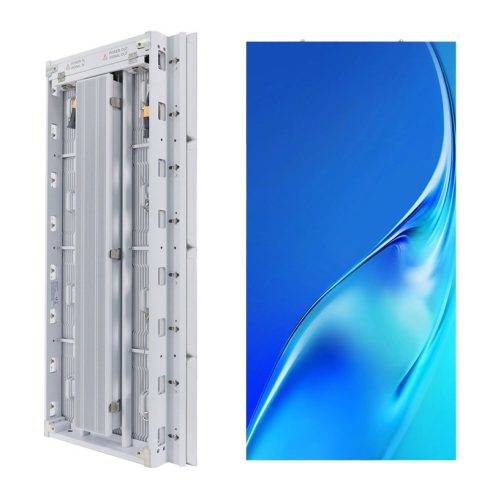Outdoor and indoor rental LED displays are quintessential components of modern visual communication strategies, each tailored to distinct environmental demands and audience engagement objectives. From bustling city squares to indoor arenas, these dynamic displays captivate attention, disseminate information, and infuse spaces with vibrant visuals. In delving into the nuances that differentiate outdoor and indoor LED displays, we uncover a tapestry of considerations ranging from design elements to functional specifications.
At the core of the dichotomy lies the elemental contrast of environmental exposure. Outdoor LED displays, as the name suggests, brave the capricious elements, standing stalwart against the onslaught of rain, wind, and the relentless glare of the sun. Consequently, their design is fortified with weather-resistant materials, robust encasements, and sealed electronics. The mission is clear: endure the elements without compromise to performance or longevity.
In contrast, indoor LED displays enjoy the sanctuary of controlled environments. Shielded from nature’s whims, they bask in consistent lighting conditions, free from the vagaries of weather. As such, their construction tends to emphasize factors like pixel density and color accuracy, catering to discerning audiences in close proximity.
Brightness emerges as a pivotal parameter delineating the realms of outdoor and indoor LED displays. The sun’s radiant onslaught mandates outdoor displays to muster formidable luminance, often surpassing the brilliance of their indoor counterparts. This imperative ensures legibility and visual impact even under the relentless blaze of noonday sun. Conversely, indoor displays operate within a gentler luminous milieu, their radiance calibrated to complement ambient lighting without overpowering the space.
Pixel pitch, the spatial interval between adjacent pixels, embodies another facet of distinction between outdoor and indoor displays. In outdoor applications, where viewers typically maintain greater spatial separation from the display, a larger pixel pitch suffices to render images with fidelity. Conversely, indoor settings demand a finer pixel pitch to accommodate closer viewing distances, thereby preserving image clarity and detail.
Resolution, a quintessential metric of display quality, diverges between outdoor and indoor LED displays. Indoor displays, catering to discerning audiences in intimate settings, often boast higher resolutions and superior image fidelity. Conversely, outdoor displays prioritize visibility over resolution, opting for coarser resolutions that strike a balance between clarity and cost-effectiveness.
Weather resistance emerges as a defining feature of outdoor LED displays, fortified against the onslaught of rain, snow, and humidity. Their enclosures are engineered to repel moisture, shield delicate electronics, and thwart the corrosive advances of nature. In contrast, indoor displays, cocooned within climate-controlled environments, eschew such fortifications, their vulnerabilities confined to the benign realm of controlled temperatures and relative humidity.
Power consumption and cooling present another schism between outdoor and indoor LED displays. Outdoor displays, tasked with maintaining luminance in the face of environmental extremes, often necessitate robust cooling systems and higher power consumption. Conversely, indoor displays operate within a gentler thermal envelope, affording greater efficiency and lower power requirements.
Installation and portability constitute shared considerations in the domain of LED displays, albeit with contextual nuances. Both outdoor and indoor displays demand seamless installation and effortless repositioning, albeit with distinct considerations. Outdoor installations may necessitate rugged mounting solutions, weatherproof connectors, and provisions for uneven terrain. In contrast, indoor displays pivot on considerations like ease of setup, compatibility with existing infrastructure, and adaptability to diverse spatial configurations.
Cost, a perennial arbiter of procurement decisions, underscores the economic calculus that governs the selection of LED displays. Outdoor displays, burdened with the exigencies of weather resistance and high luminance, often command a premium over their indoor counterparts. However, the calculus extends beyond mere acquisition costs, embracing considerations like total cost of ownership, maintenance expenses, and the elusive metric of return on investment.
In the synthesis of these divergent considerations, outdoor and indoor LED displays emerge as paragons of versatility, each tailored to the exigencies of its domain. From the bustling thoroughfares of urban landscapes to the hushed sanctuaries of indoor arenas, these luminous emissaries weave a tapestry of visual communication, transcending barriers of space and time. As technology evolves and design paradigms shift, the delineations between outdoor and indoor displays blur, giving rise to a new era of convergence where versatility reigns supreme.







